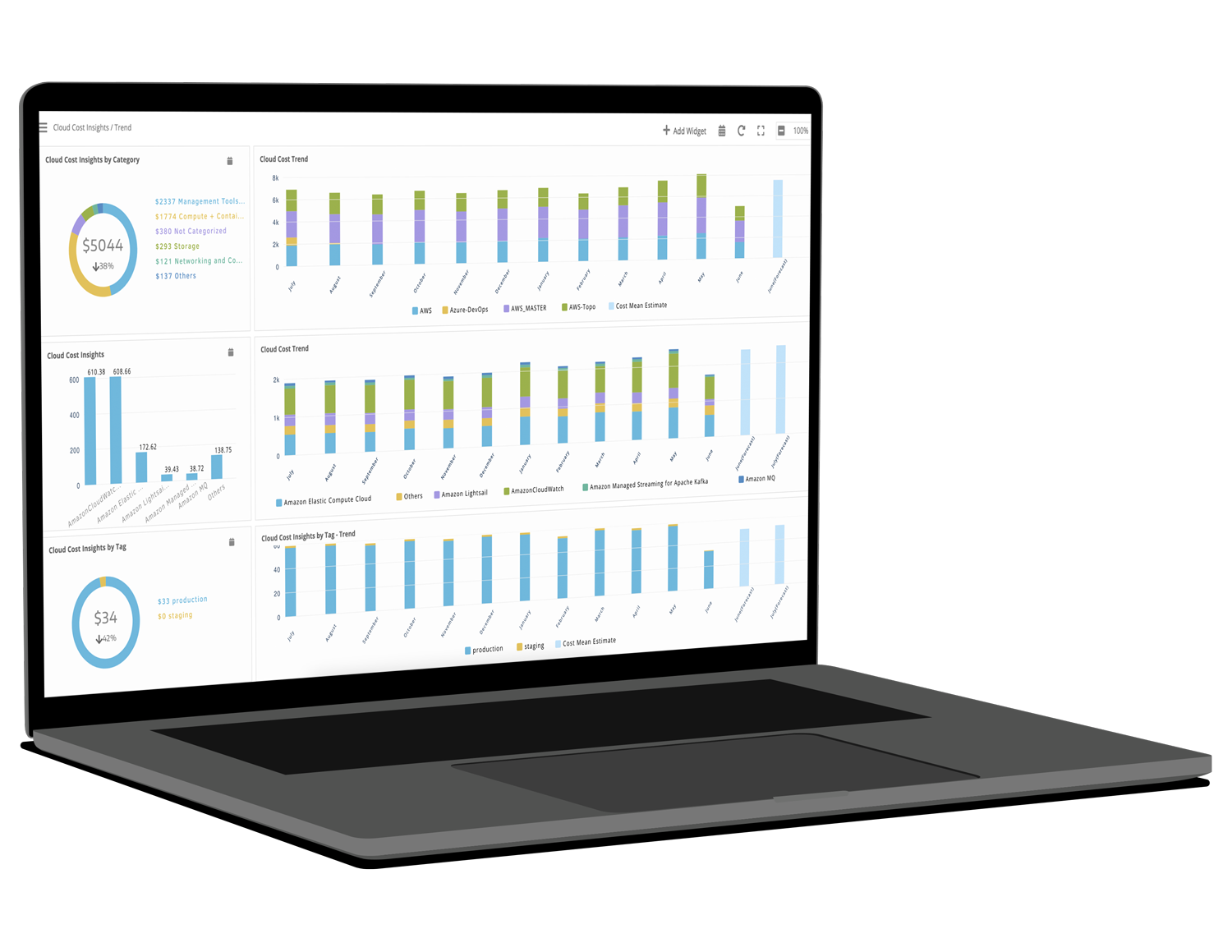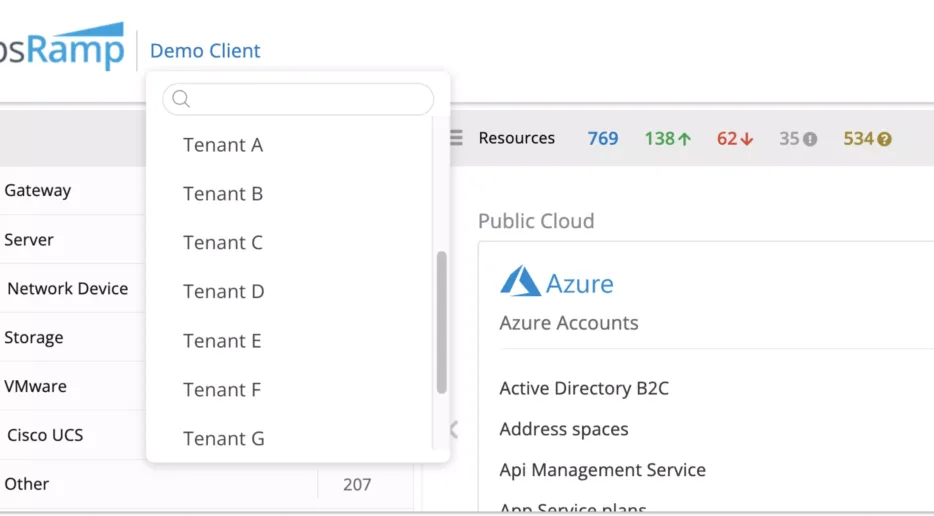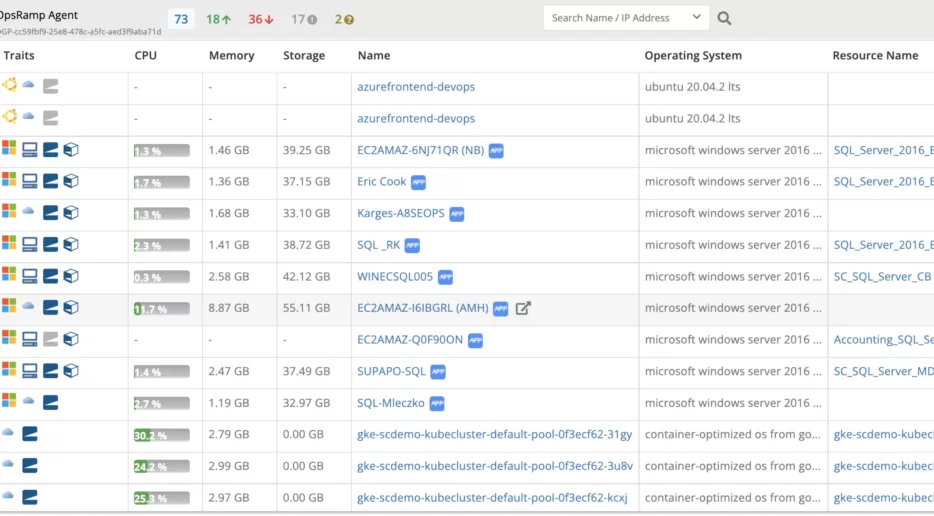Pre Migration
• Track Migration Phases as Tenants.
• Simplify Resource Management
With OpsRamp, go to the cloud without going out of your mind.
OpsRamp is a true multi-tenant, multi-tier SaaS platform that helps enterprise IT teams manage both the complexity of hybrid, multi-cloud, and cloud native infrastructure and traditional workloads from datacenters, servers, and virtualization.

Use OpsRamp to manage your cloud migration project and you’ll get everything you need for an easier transformation.
1. Assemble the plan and benchmark your progress.
2. Execute, Test, Track and Accept.
3. Monitor and Manage Moving Forward.
• Track Migration Phases as Tenants.
• Simplify Resource Management
• Track Availability & Performance
• Keep One Single Source of Truth
• Assure Service Uptime and Performance
• Keep the House In Order


